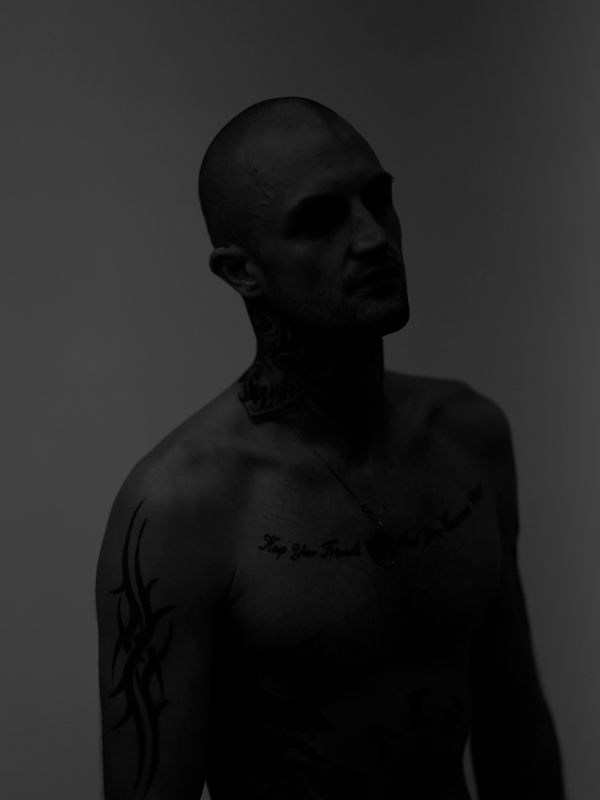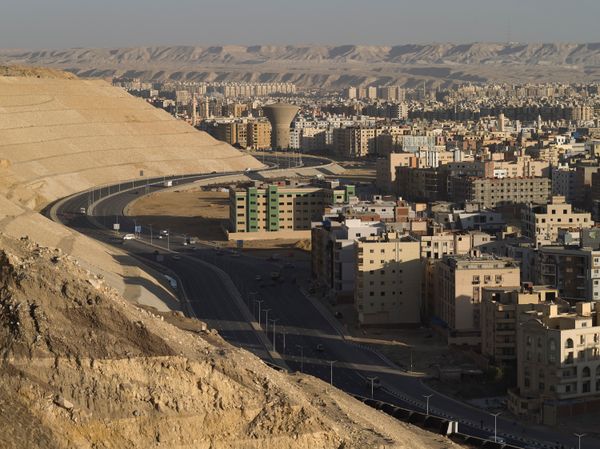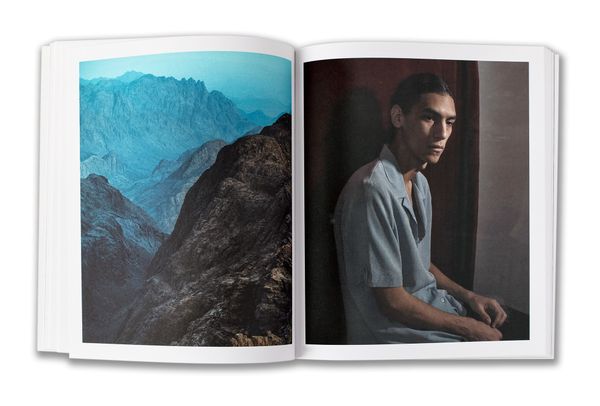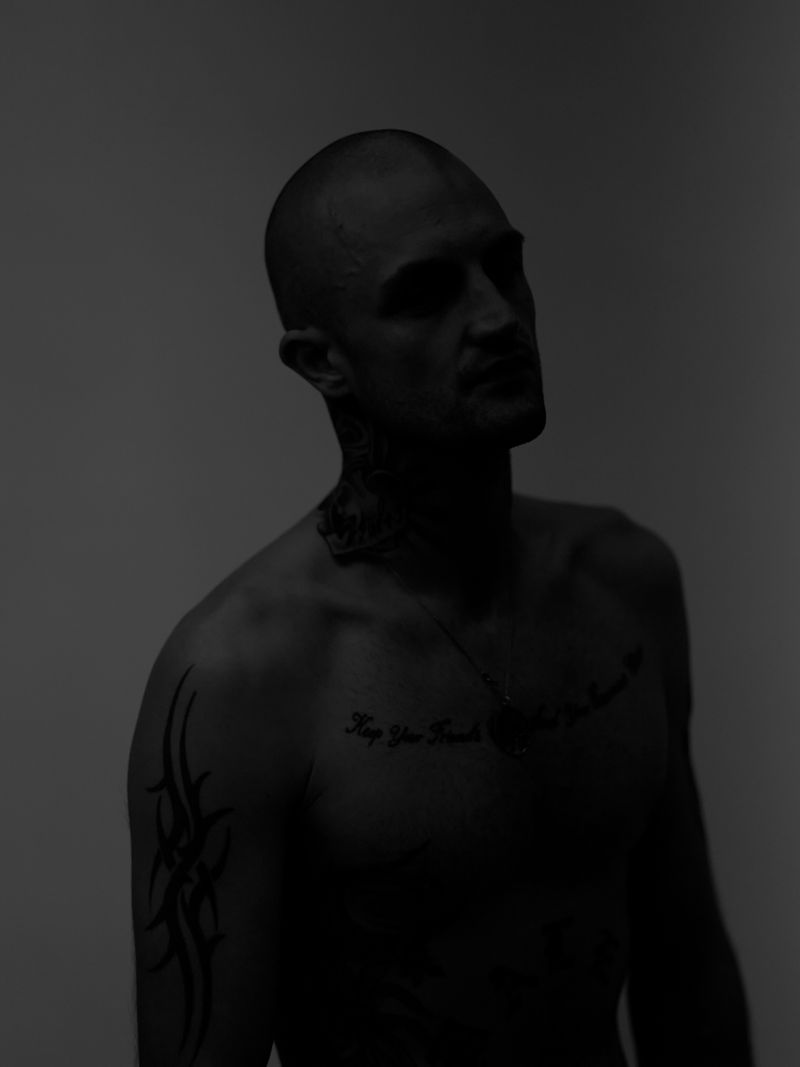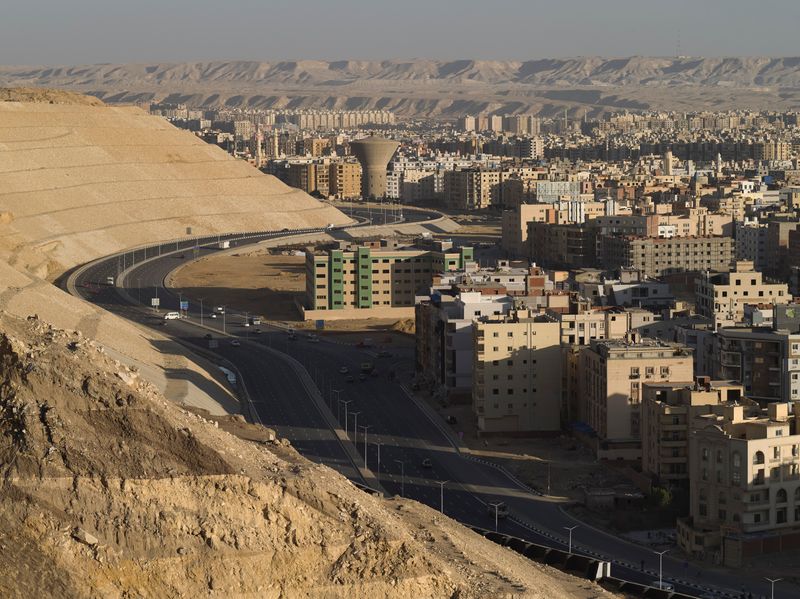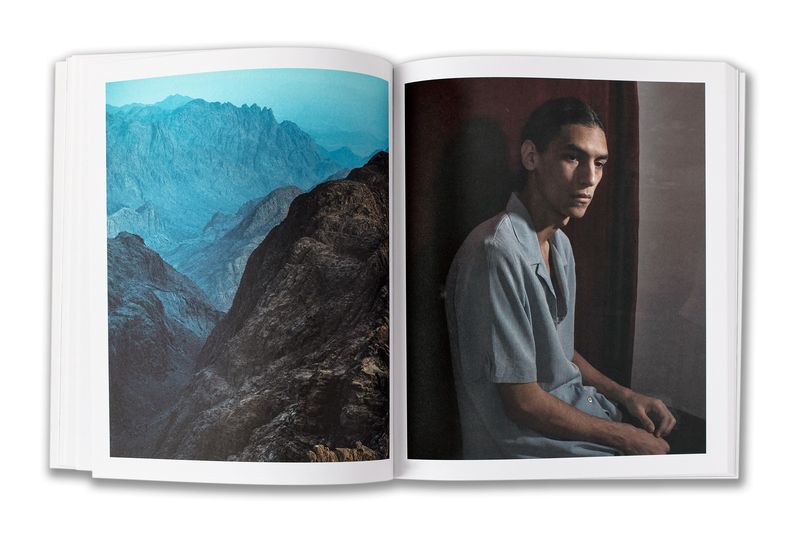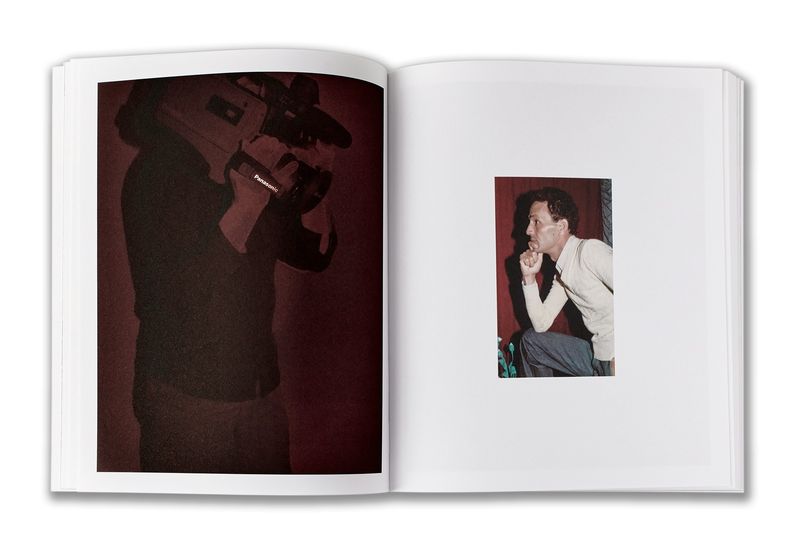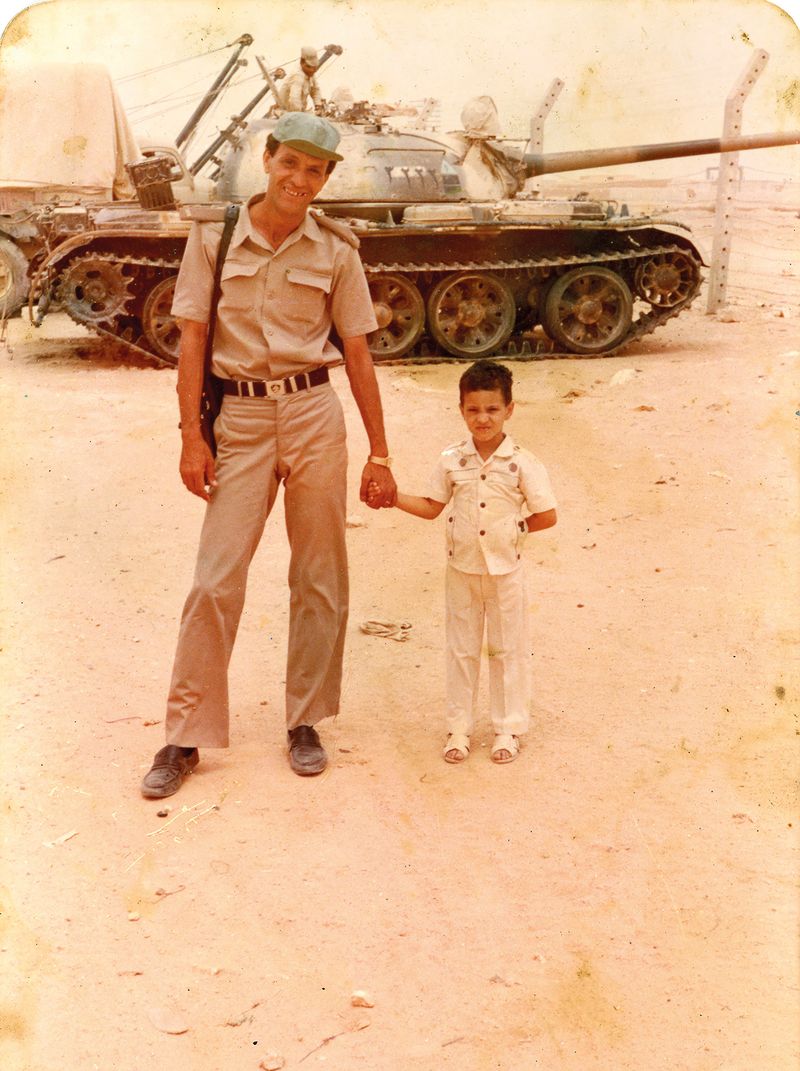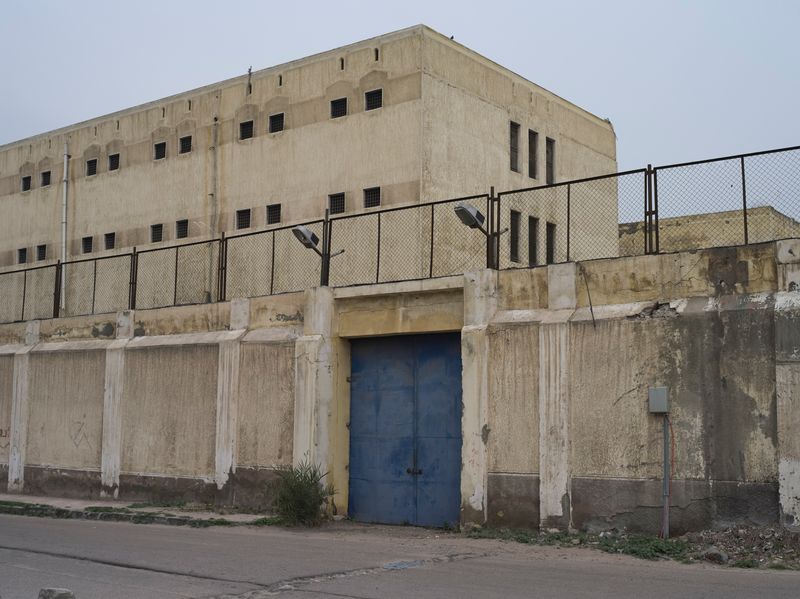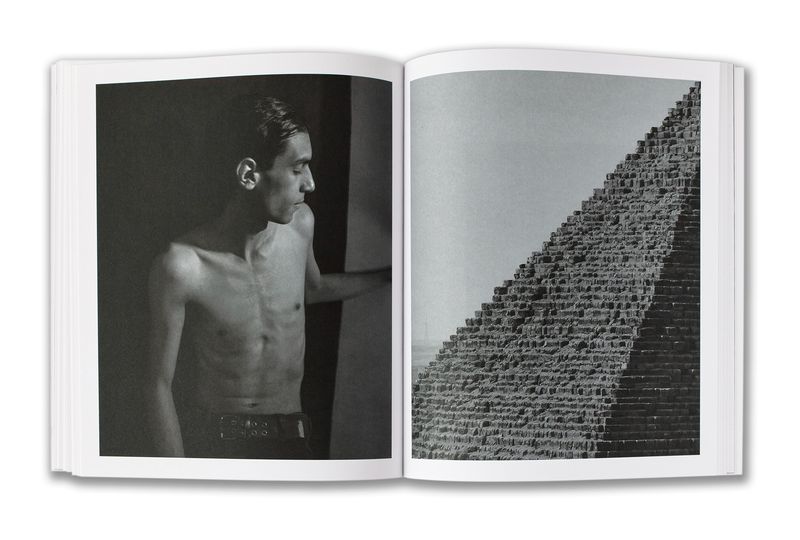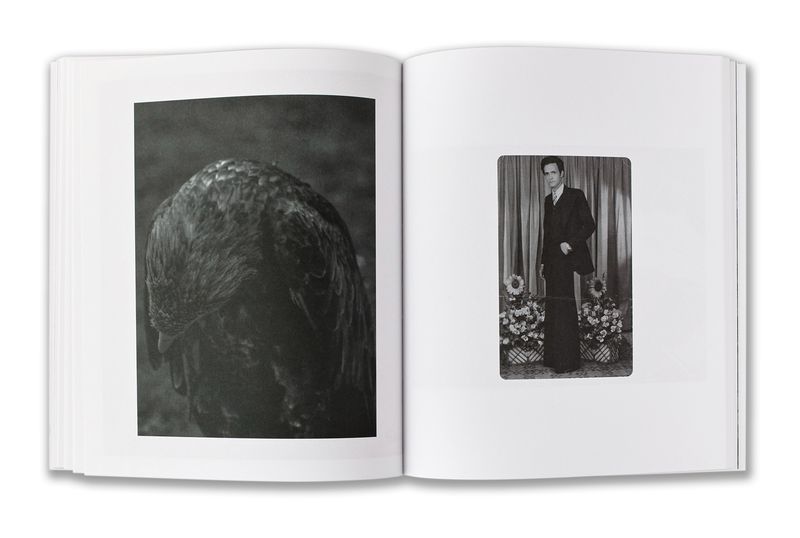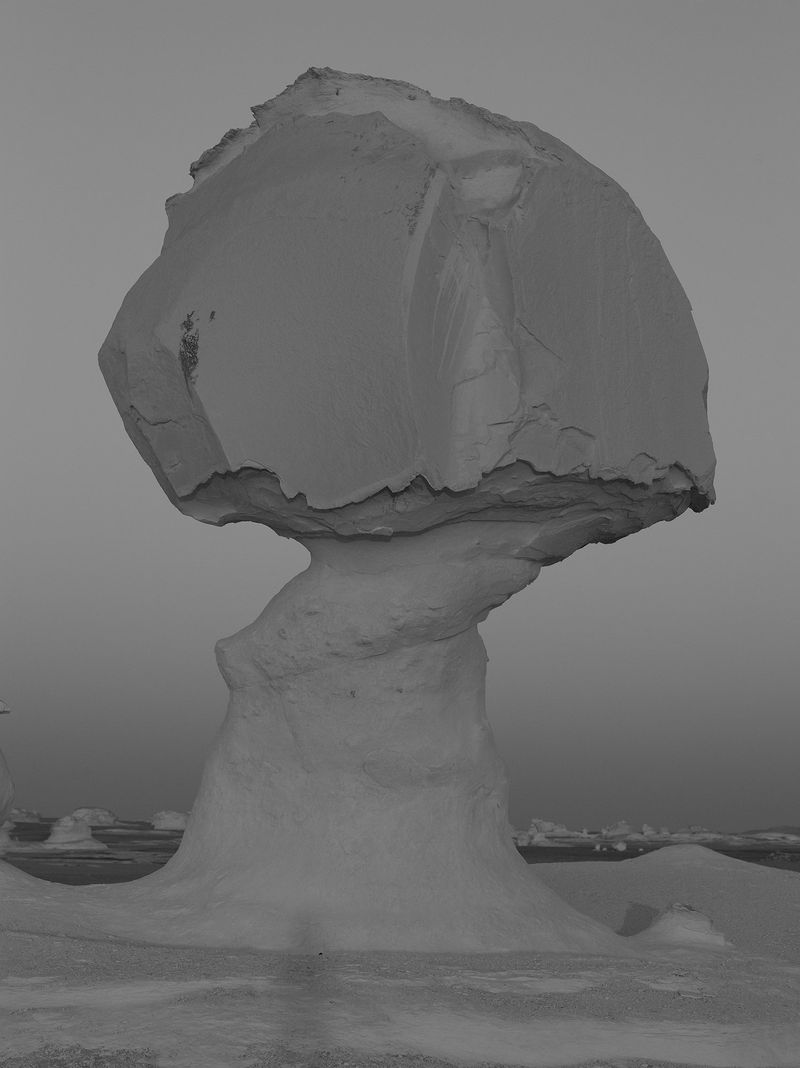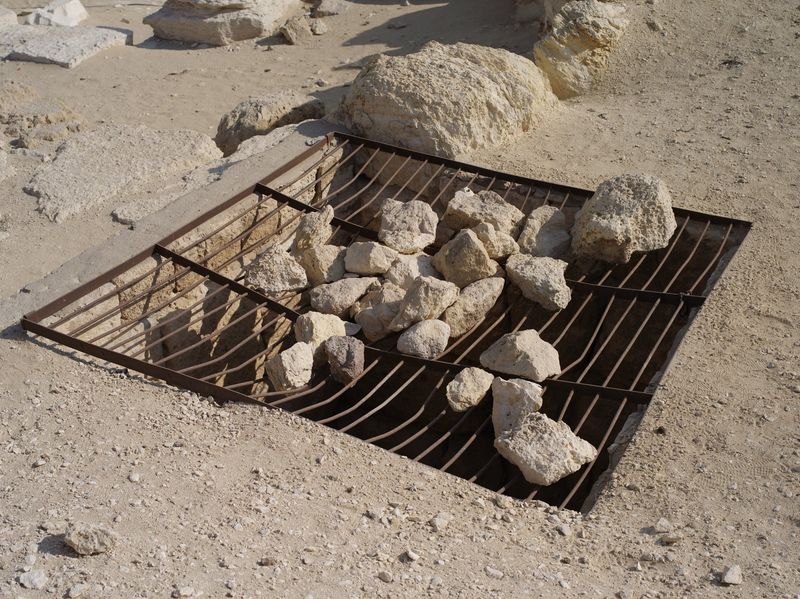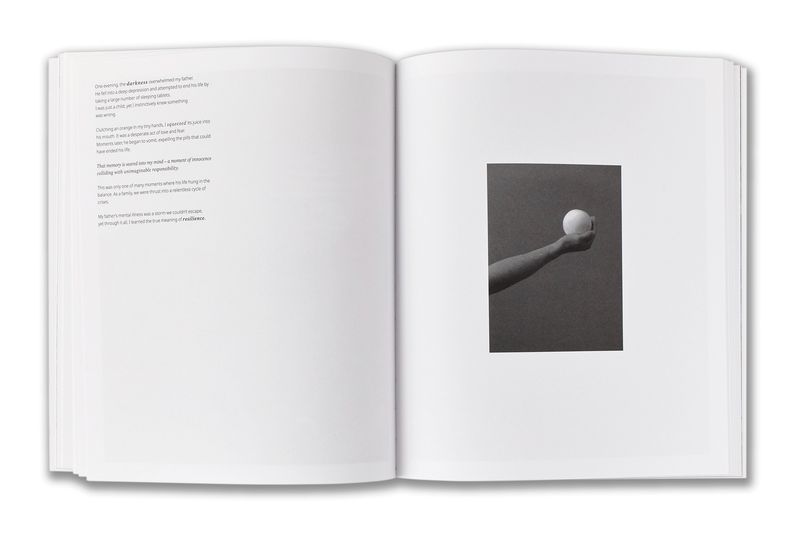Photobook Review: Our Hidden Room by Mohamed Hassan
-
Published27 Aug 2025
-
Author
- Topics Photobooks
Our Hidden Room tells the story of Mohamed Hassan’s father. It’s the story of how he became a photographer, the brutal treatment meted out to him as he suffers from bipolar disorder, and his eventual unexplained death in 2007.
Our Hidden Room is a book about photography and the solace it can bring. Photography was a creative outlet for Hassan’s father as he struggled with mental illness that first manifested itself when Mohamed was a child and his father was earning his living in the Egyptian army.
It was here that he began talking to himself, exhibiting delusions of grandeur, and experiencing endless sleepless nights.
He lost his job and began his own photography business. The camera became ‘his refuge’, a tool that could express his inner thoughts in a way that words could not.
And as the camera became his refuge, so the darkroom became his natural habitat, the place where he perfected his craft, the venue for his photographic odyssey into the heart of life and being and soul.
The book begins with the cover image, a wonderful, muted landscape of rocky mountains. They plunge into gradations of darkness, their sides foliage free. The picture invites you into their depths, into the Egyptian way of thinking, into places where the forces of history and tradition can provide both support but also the pressure to conform and behave to a model that not everyone can achieve.
These are the hidden rooms of the title; the literal version of the darkroom, the psychological version that finds its reference in works like Jane Eyre, The Yellow Wallpaper and all their offspring, as well as the localised version where the dark spaces of family, religion, politics, and history all meet.
The first picture in the book shows Mohamed (we assume) with his father. His father is in army uniform, his uniform blending in with the sand of the desert, a tank in the background. Mohamed stands holding his hand in a white short-sleeved shirt, white trousers and sandals completing the look. It’s the late 1980s, a time when (like the 1960s, 70s, 90s, naughties, and now) the domestic and international pressures of Egyptian military life were all too present.
Images of Alexandria, Hassan’s birthplace, follow, along with uncaptioned portraits of men in both modern and traditional dress. Colour is mixed with black and white, there are rock outcrops, and images that reference confinement, suffocation, and death.
An image of a man’s aged hand, the fingers decorated with a ring in the colours of the Egyptian flag, reminds us that this is both a book about Hassan’s father, but it is also a book about Egypt, and what it means to negotiate life there. The disembodied hand clutching a rock, a twig, a fish, whatever, can be a photobook trope that is supposed to be inundated with meaning but is often timeless, placeless, and ultimately meaningless – it’s the photographic equivalent of a nice sunset or a slow shutter speed picture of a waterfall. This hand is not that.
The difficulties his father is experiencing are apparent to Hassan the younger. We see a family album picture of him holding his father’s gun, we see images of fences, imprisonment, more hidden rooms where ‘madness’ and other unspeakables are locked away from sight. There are images of surveillance, the medical is conflated with confinement, another instrument of torture with which to torment those unspeakables – both those we know of and those that linger beneath the surface.
The mood is one of gravity, the stark portrait of a young black man (who happens to be the Danish photographer Salih Basheer) adds to this, as does the image of the crow, a portent of death familiar to the photobook world.
The image of Hassan Senior in a studio, a birdcage by his side, against a backdrop of a verdant greenhouse interior hints at the superficiality of some of the worlds we inhabit. His health deteriorates, we learn from the text, he is entering a world of darkness, he attempts suicide, and the young Hassan revives him by squeezing the juice from a lemon into his mouth.
Images of waves against the sea, of a horse struggling against the bit, of tyre tracks on what might be a desert (or snow-covered?) floor suggest the continual pounding of the elements, of the need for resilience to survive in this environment, and of the erosion of one’s body and one’s soul in such conditions.
Hassan Senior’s condition deteriorates, he’s tied to his bed and is subjected to violent exorcisms before he is eventually diagnosed with bipolar disorder and is given medication.
His condition deteriorates some more, Hassan Junior is tasked with watching him during hospital stays, where he witnesses his electroconvulsive therapy, torture from the medical profession, to accompany that from the clerical profession.
More portraits of sombre young men follow, set against Egyptian landscapes (and there might be the odd Welsh one in there too – Hassan now lives in Pembrokeshire) which are strewn with rocks, which are arid, but which are places where people have to survive.
Hassan Junior decides not to survive there. After his mother became more religious with the rise of the Muslim Brotherhood, she decides that photography is haram and burns all his negatives. His father dies at the age of 58, and Mohamed leaves the country to study photography in Wales.
‘Photography destroyed your father’s life,’ his mother tells him. ‘It’s haram.’
A lot of things are haram. Mohamed stays in Wales. He lives there still and this is a book about him as much as his father.
--------------
Author: Mohamed Hassan
Design: Brian Carroll
Binding: Soft Cover
Pages: 126
Images: 70
Dimensions: 22 x 26 cm / 8.66 x 10.24 in
Language: English or Spanish
Publication Year: May 2025
ISBN: 978-84-10290-17-4
€40.00
--------------
All images © Mohamed Hassan
--------------
Originally from Alexandria, Mohamed Hassan has lived and worked in Pembrokeshire, Wales, since 2007. His work has been exhibited at the National Museum of Wales, National Library of Wales, National Portrait Gallery, Glynn Vivian Gallery, Oriel Davies, Mission Gallery, and the Waterfront National Museum. He has won the Canon Student Development program, the Polaroid/Magnum X Award, and the STAR Award for a photobook dummy, with Hidden Room, his first photobook. His work is included in permanent collections with the National Museum of Wales, the Government Art Collection, Historic England, and the Glynn Vivian Gallery.
Colin Pantall is a photographer, writer, and lecturer based in Bath, England. His next online courses and in-person workshops begin in October 2025. More information here. Follow him on Instagram
